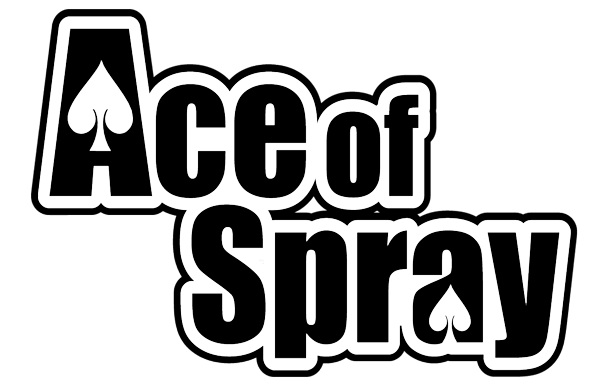Hot Tips: Removal of Graffiti
Graffiti Removal can be a difficult process, even for professionals like us. However, if you do decide to attempt removing graffiti on your own, here are some factors and processes you should keep in mind. There are several factors that influence the right approach to removing graffiti:
What type of substrate has the graffiti been applied to?
The surface that the graffiti is applied to will decide what method you should use to attempt to remove. For this reason, we highly suggest you consult a professional before attempting to remove graffiti on your own. Is is very easy to damage the substrate behind the graffiti if you do not use the proper method for that specific surface.
What type of graffiti has been applied?
Graffiti can be spray painted, painted with oil or water-based paint or even etched on.
What are the factors that are involved in graffiti removal?
There are four controllable factors that should be understood when removing graffiti.
- Time
- Temperature
- Agitation (Brush / Pressure Washing)
- Chemical
Time – The longer the contact time the deeper the graffiti remover will penetrate. The more
sensitive the surface the shorter the time the graffiti product is on the surface.
Temperature – Warmer weather speeds up the rate in which the graffiti remover products
operate.
Agitation – When graffiti removal products are applied by means of hard bristled brushes or
scourers, it assists in breaking the bond between the graffiti and the surface. NOTE: be
careful on sensitive surfaces, otherwise the underlying surface maybe damaged.
Chemical – Use the right chemical for the task at hand.
To compensate for any reduction in one of these for variables increase one of the other
variables ie. Should the temperature be cold, increase the contact time between the graffiti
and the graffiti remover, alternatively you could increase the temperature, by using a hot water
pressure washing system.
Once you understand the above components, you too can become a graffiti removal expert.

